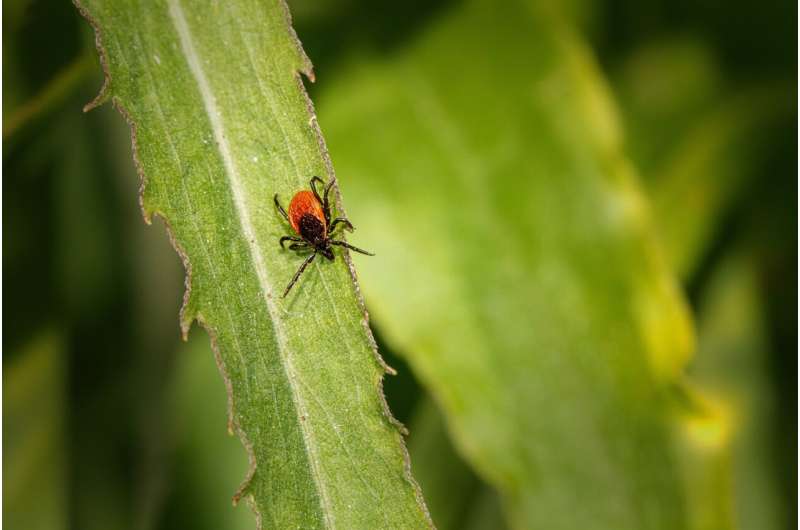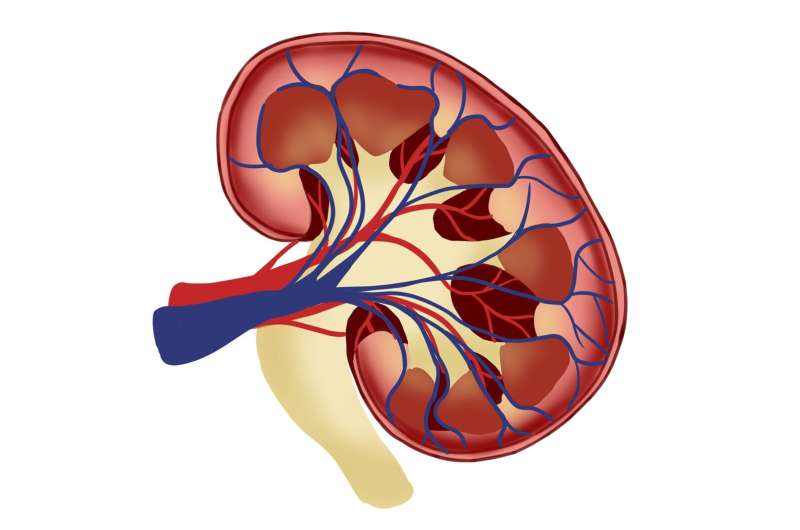Rising Migration of Ticks Threatens Increased Disease Transmission Risks

The migration of tick populations into new regions, driven by climate change, heightens the risk of tick-borne diseases. Monitoring efforts are vital for public health and disease prevention.
Recent studies highlight the alarming migration of tick populations into new regions, significantly elevating the risks of tick-borne diseases. As climate change shortens winter hibernation periods, ticks remain active for longer durations, enhancing their ability to hitch rides on wildlife, pets, and humans. Biologists such as Grant Hokit have been conducting field surveys in Montana, using simple yet effective tools to collect ticks from grasses and shrubs along hiking trails. These efforts have led to the discovery of deer ticks in Montana for the first time, a species notorious for transmitting Lyme disease. The spread of deer ticks and other species into new areas underscores the importance of monitoring and identifying these vectors to protect public health.
Understanding which tick species are present is crucial for healthcare providers, especially since not all ticks carry diseases. For example, the presence of deer ticks increases the likelihood of Lyme disease, while other ticks might carry different pathogens like Rocky Mountain spotted fever. Surveillance programs, including field collections and laboratory testing, are vital for mapping tick distribution and pathogen prevalence. However, funding limitations hinder comprehensive monitoring across all regions, often relying on passive reporting from residents, vets, and doctors.
In Montana, the state health department actively engages in tick surveillance, collecting specimens from various counties to assess potential health risks. Researchers analyze climate and vegetation data to predict where ticks could establish new populations, particularly in areas like the Flathead Valley. These measures aim to inform local populations and healthcare professionals about emerging tick threats and the potential for new disease outbreaks.
The increase in tick range due to climate factors emphasizes the need for ongoing research, better funding, and public awareness to mitigate future health risks associated with tick-borne diseases.
source: https://medicalxpress.com/news/2025-09-migrating-disease-tracked-quickly.html
Stay Updated with Mia's Feed
Get the latest health & wellness insights delivered straight to your inbox.
Related Articles
Higher Obesity Rates Among U.S.-Born Latino Youth Compared to Foreign-Born Latino and White Peers
A recent study highlights that U.S.-born Latino children face higher obesity risks compared to foreign-born Latino and white peers, emphasizing the need for culturally tailored interventions in primary care.
New Insights into Gut Immune System as a Potential Target for Alzheimer's Disease Treatment
New research uncovers the role of the gut immune system in Alzheimer's disease, highlighting a promising new avenue for therapies through diet and immune modulation. Learn how gut-brain interactions influence neurodegeneration.
Innovative Drug Shows Promise in Managing Resistant Hypertension in Chronic Kidney Disease Patients
A groundbreaking study highlights baxdrostat's potential to lower difficult-to-control high blood pressure and protect kidney function in patients with chronic kidney disease, opening new avenues for treatment.
Innovative Approach to Enhance T Cell Function in Cancer Immunotherapy
New research reveals how blocking the protein Ant2 reprograms T cells, boosting their ability to fight cancer by optimizing their energy production pathways. This breakthrough paves the way for advanced immunotherapy treatments.



